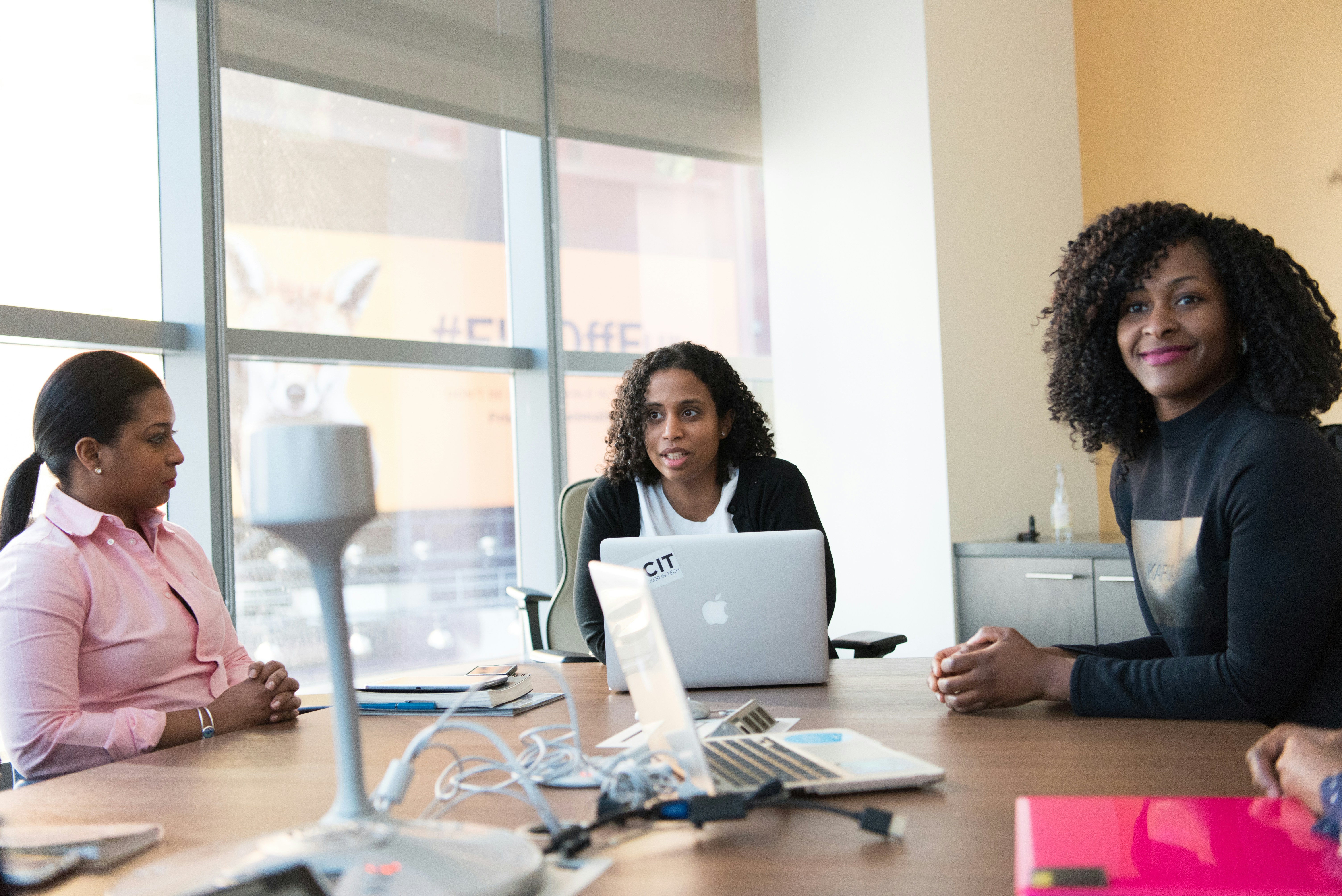Welcome to

Veza Global aims to amplify 1 million Connection Champions by 2025 by benchmarking, auditing and educating organizations, and industries.
600,000+
People Impacted
20+
Years Experience
110+
Organizations Supported
About Us
At Veza Global, we recognize the importance of equity, diversity, inclusion and belonging in the spaces we work, live and play. We partner with organizations to embed Equity, Diversity, Inclusion and Belonging (EDIB) across their operations to create a more inclusive culture that attracts, retains and focuses on the benefits of the diversity of thought.
We achieve this by applying research-backed organizational maturity models and assessment technology developed over our 20 years of international experience.

20+
Years Experience

Why should we care about EDI?
Resilience | Retention | Innovation | Profitability

EDI is a powerful way to build team resilience, improve employee retention, foster innovation, and drive profitability.
The embedded EDIB (equality, diversity, inclusion, and belonging) is how the business reaches its environmental, social and governance (ESG) goals and quadrible bottom line (cultural, economic, environmental and social).
Research has consistently shown us diverse companies make better decisions and are more profitable, innovative, and productive. Strong EDIB makes your company more appealing to culture add talent, potential customers and investors.
It is not only legally the right thing to do, it is the morally, socially and economically the right thing to do.

Our Values
Connection | Inclusion | Impact

Connection
Connecting to one’s soul, community and the world

Inclusion
Feeling that you are where you are meant to be

Impact
Creating economic empowerment for equity deserving folks
Why Work With Veza Gobal?
Veza Global is focused on a people first journey. We know this work has its discomfort, triggers, trauma and it is reprogramming the way people think and act and in turn how the organization functions. We use a coaching approach while incorporating methods from agile approach, change management, design thinking, human centered and management consulting.
Why Choose Veza Global
Veza Global has emerged as an international leader in the field of workplace diversity and inclusion.
Veza Global believes that EDIB goes beyond the Human Resources department!
Our solutions are based on the people and processes of the company as a whole.
We offer the following solutions:

Assessments
Demographics Inclusive
Organizational Assessment

Audits
Human Resources
Inclusive Marketing
Supplier Diversity
Inclusive Services
Product Development
The four-part audit is unique to Veza Global

Advisory
Coaching
Consulting
Our Team
Veza is a team of management consultants, equity, diversity and inclusion specialists, researchers, data analysts and marketers who support each project that understands that a strong employer brand together with a strong EDIB program results in our clients gaining more market share and creates stronger employee retention strategies.
Veza positions organizations to be industry leaders in achieving social justice goals and creating strong inclusive cultures. Our human-centered approach is grounded in positive psychology principles, where we evolve your current strategies and develop new opportunities.
Manpreet Dhillon

Founder and Principal Inclusion Officer at Veza Global
Manpreet is deeply passionate about the Future of Work, diversity in AI, and its inclusivity for women of color in the workplace.
With over 15 years of experience in diversity, equity, inclusion, and human resources, Manpreet established Veza Global to support various organizations, including government, tech, non-profits, and the UN, in becoming more equitable and inclusive. She also consults with startups and small businesses, helping them leverage artificial intelligence for efficiency, inclusion, and people resource management.
Additionally, as a Grief Leadership Coach, Manpreet draws from her extensive background in leadership, coaching, human resources, change management, internal audits, and community development. Her focus lies in creating systemic change to address institutionalized inequalities, with a strong emphasis on representation from the communities she serves. 🌟
Testimonials
What They Say About Us
When our company first started looking into EDI the topic seemed overwhelming and confusing and we had no idea where to start. Veza Global did a great job at breaking the topic down for us and explaining what needed to be done so that we could create our own roadmap. Their report was very thorough and allowed us to identify the areas where our EDI initiatives were successful and what areas require improvement.
Julia Canfora
Director of HR
Archiact Interactive Ltd
Working with a values and purpose driven organization like Veza Global was part of why we chose to work with them. From the discovery call to facilitating our diversity audit, we felt supported and confident that we made the right decision to partner with Manpreet and Andisheh. Both were available whenever we had questions and needed additional support. The report was also very detailed and valuable in guiding our EDI Task Group on developing our company commitments and a clear action plan. We are so grateful to know the team at Veza and to work with them on our lifelong journey to creating an equitable, diverse and inclusive workplace at DNEG.
Lorie Corcuera
Head of HR
North America West, DNEG
We felt the team was very knowledgeable and we valued the amount of resources that were reviewed and that the recommendations were comprehensive.
Sarah Frew
People and Culture Manager
Plenty of Fish Media
Services

Reiki Healing
What is Reiki?
Reiki is an ancient Japanese healing technique that channels universal life force energy to stimulate the body’s natural healing processes. It is a non-invasive therapy that can help alleviate stress, reduce pain, and enhance your emotional, mental, and spiritual health.
Our Approach
As a Reiki practitioner, Manpreet is dedicated to creating a warm, inviting atmosphere where you can relax and rejuvenate. During a Reiki session, you will lie comfortably while Manpreet, as the practitioner will transfer healing energy virtually. Each session is tailored to your unique needs, ensuring a deeply personalized experience.
Benefits of Reiki
Stress Reduction: Experience profound relaxation and stress relief as Reiki balances your energy.
Emotional Healing: Release past traumas and emotional blockages, fostering inner peace and clarity.
Physical Well-Being: Alleviate pain, reduce inflammation, and support your body’s natural healing abilities
Spiritual Growth: Connect with your inner self, enhancing your spiritual awareness and growth.
1 hour per session
Investment dependant on package

Akaskic Records Healing Session
What are the Akashic Records?
The Akashic Records are often referred to as the “Book of Life” – a vibrational archive that records every soul’s journey through time. Accessing the Akashic Records allows you to tap into the collective wisdom and insights that can illuminate your past, present, and future, offering a deeper understanding of your purpose and experiences.
Our Approach
As an Akashic Records reader, I create a safe, inviting environment for you to explore your soul’s history. During an Akashic Records session, our practitioners connect with the energetic records of your soul to provide you with insights and guidance tailored specifically for you. Each session is a deeply personal and transformative experience designed to empower and uplift you.
Benefits of Akashic Records
Self-Discovery: Gain profound insights into your soul’s journey, uncovering your true self and purpose.Emotional Healing: Heal past wounds, release limiting beliefs, and find peace through understanding.Guidance and Clarity: Receive clear guidance on life decisions and challenges, helping you navigate your path with confidence.
Spiritual Growth: Deepen your spiritual awareness and connection, fostering growth and enlightenment.
10 hours
12 Lessons
Beginner Level

Career Planning Kit
Careers, by Natalie Jodie
(312 Reviews)
10 hours
12 Lessons
Beginner Level
